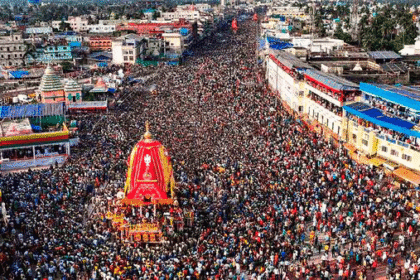In a landmark case that has put the focus on the policies of India to conserve wild life and also on the contribution of the corporate in the protection of animals, a Special Investigation Team (SIT) was constituted by Supreme Court of India to investigate the activities of Vantara, wildlife rescue and rehabilitation center operated by Reliance Foundation in Jamnagar, Gujarat.
The SIT, under the leadership of former Supreme Court judge Justice J Chelameswar has been mandated to investigate a variety of grave allegations- from the purchase of elephants and other wild animals both inside India and out, to adherence to the Wild Life (Protection) Act, 1972, zoo rules, even international agreements on trade on endangered species.
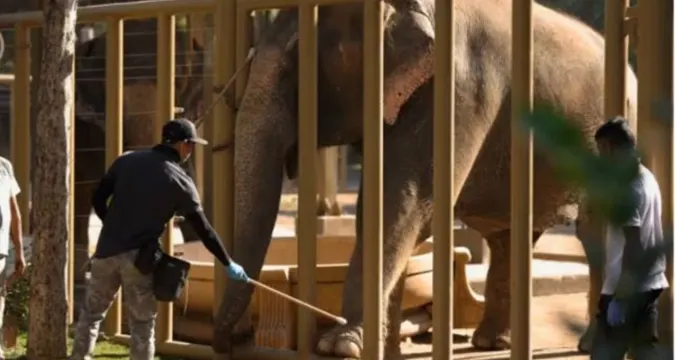
This does not just pertain to one organization or one elephant. It provokes larger issues of how India implements wildlife policy, how the private sector incurs the field of conservation, and whether the equilibrium of welfare, conservation, and corporate interest is indeed preserved.
What Triggered the SIT Formation?
The case resulted in the transfer of an elephant (Mahadevi) from a temple in Kolhapur, Maharashtra to Vantara, in July 2025. The incident has created a debate on the manner with which the elephants are being relocated outside the traditional custodians like the temples to the privately maintained sanctuaries. Lawyer C R Jaya Sukin and another petitioner, Dev Sharma, sought answers to the claims of whether these transfers were made in accordance to law and whether Vantara was actually operating as a bona fide rescue facility or as a non-profit-making collection of exotic pets.
The petitions included an allegation that
- Purchase of elephants and other animals (both foreign and Indian) illegally.
- Maltreatment and suboptimal conditions of animals in captivity.
- Monetary peculiarities, such as possible money laundering.
- Provisions and violations of laws on biodiversity and the environment, especially land and water consumption.
The bench of Justices Pankaj Mithal and P B Varale opined that even as the charge leveled against the government was mostly on the basis of media propagations and complaints by NGOs without any concrete evidence, the magnitude of the given allegation needs to be investigated through an independent fact finding agency.
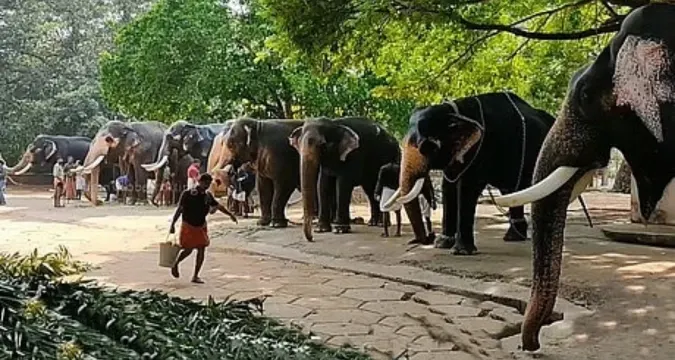
In this way, the SIT was established with an aim of confirming the facts on grounds.
Composition of the SIT
The SIT is not merely a token action, it consists of experienced people who have experience in law-enforcement, customs and courts.
- Justice J Chelameswar (Retd.), Former Supreme Court judge – Chairperson, SIT
- Justice Raghavendra Chauhan (Retd.), former Chief Justice of Uttarakhand and Telangana High Courts
- Hemant Nagrale Former Commissioner of Police Mumbai Police
- Anish Gupta, Addl Commissioner, Customs
This team has been instructed to conduct a physical audit of Vantara and present a detailed report on September 12, 2025. The Forest Department of the state has been directed to provide all the help in the investigation.
Issues Under Investigation
The Supreme Court has directed SIT to investigate certain areas, which are cross-dominant, related to environmental law, conservation ethics, and money laundering investigation.
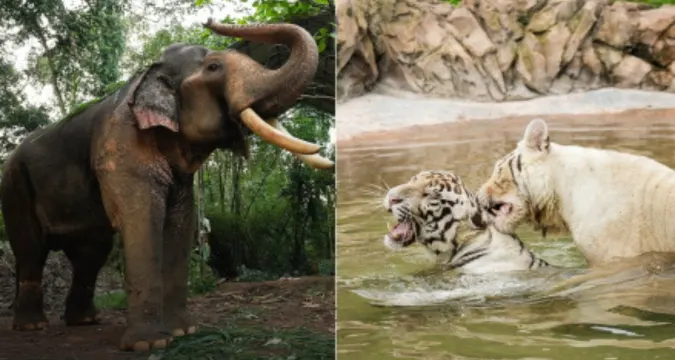
- Purchase of Animals
- What is the mode of acquiring animals and especially elephants?
- Are there valid ownership certificates under the Wild Life (Protection) Act of such transfers?
- Was the consent of the Chief Wildlife Warden and other authorities correctly received?
How does such a process work with animals imported to Europe? Did all the permits of imports comply with the Convention on International Trade in Endangered Species of Wild Fauna and Flora (CITES)?
How does such a process work with animals imported to Europe? Did all the permits of imports comply with the Convention on International Trade in Endangered Species of Wild Fauna and Flora (CITES)?
2. Compliance with Laws
- Following the Wild Life (Protection) Act, 1972.
- Whether Vantara has adhered to the Central Zoo Authority regulations particularly after it has harbored innumerous species.
- Respect for veterinary and animal welfare, nutrition, habitat design, and medical treatment.
3. Conditions at Vantara
- Do the climatic conditions in Jamnagar suit such animals as elephants and exotic wildlife?
- Claims that Vantara is situated in an industrial area, which probably pollutes the air and water.
- Review mortality figures of animals and cause of mortality, where any.
4. Conservation or Private Collection?
- Is Vantara a veritable rescue and conservation center, or is it like a privately owned zoological park?
- Are there any breeding programmes that are conducted? Do they have parallel conservation priorities with that of India in case they are or are they more of collection growth?
5. Use of Resources and Finances
- Allegations of wastage of the water resources and even carbon credits.
- Potential cases of financial non-compliance and money laundering, particularly with international transactions.
- The presence or absence of any aspect of wildlife trade or smuggling around operations.
Why This Case Matters Beyond Vantara
This case has not only fundamental importance due to the fact that it pertains to one of the most well-known corporate foundations in India, but because it addresses larger systemic concerns:
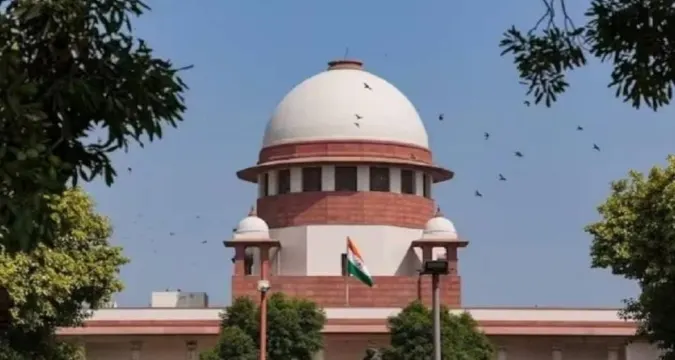
- Elephant Custodianship in Element India
Elephants have been associated with temples, festivals and the culture. This is due to concerns about their welfare in such settings, and calls to relocation to rescue centres. The new question is: is it better or not in the realm of corporate sanctuaries such as Vantara?
- Personal Conducive Part in Conservation
The norm of zoos and sanctuaries solely exists within the framework of governmental facilities; however, the influx of privately owned zoos and sanctuaries is where prospects and problems exist. On the one hand, they enable resources and infrastructure. On the other, accountability and transparency can be undermined when oversight is not tight.
- Animal Trade under Scrutiny
In the presence of international conventions such as CITES, the world is keen on how nations monitor trade in wildlife. The mistakes made in this context may damage the performance of India worldwide in the context of conservation.
- Environmental check of judicial powers
Such SIT formation is an indication of the emerging trend in the judiciary on how the arm has stepped where it seems the statutory arms have failed or been compromised. It does amplify the standing of the Supreme Court as custodian of environmental justice.
Voices Around the Controversy
The Petitioners
The PILs basically suggest that the working of Vantara is to be put to greater scrutiny. They cite media reports, research studies of NGOs and grievances indicating a lack in uniformity concerning the process of acquiring, administering and keeping records of animals.
The Court Position
The Supreme Court has been circumspect; its order does not connote wrongdoing on the part of Vantara or statutory bodies. Instead it has put the SIT into a seller, truth checking mindset.
Vantara’s Position
In the current round of litigation, Reliance Foundation has yet to respond to the public detail, although previously Vantara has asserted itself to be India’s largest and most advanced wildlife rescue center, geared towards conservation and rehabilitation. The foundation has featured top of the range facilities of the elephants and other rescued animals.
Wildlife Laws at the Centre of the Debate
The significance of the testing of this legal framework is a crucial case because it necessitated the look at some of the main legal situations.
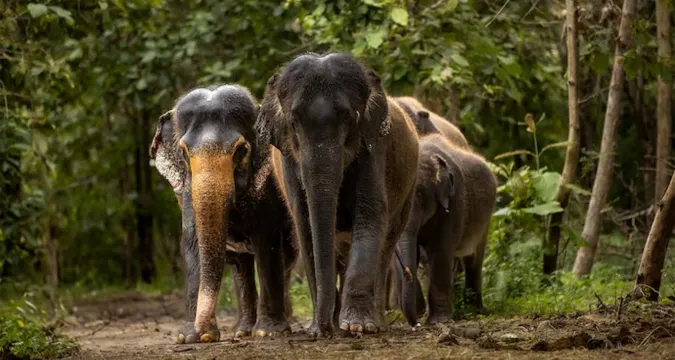
Wild Life (Protection) Act, 1972: Provides the rules according to which the possession and transfer of wild animals in India is controlled, as well as their protection. Property titles are stringently controlled.
Central Zoo Authority Guidelines: The welfare standard must be adhered to by any infrastructure that contains wild animals.
CITES (Convention on International Trade in Endangered Species): International rules that control the commerce of endangered species by ensuring that purchase of exotic wildlife does not affect the existence of the species.
Prevention of Cruelty to Animals Act, 1960: Gives protection of treatment and welfare.
In case the SIT establishes violations, it might result in legal punishment, license cancellation, or increased regulation of the private sanctuaries.
The Larger Ethical Question
As with many animal welfare and rights issues, this dispute brings back an even older ethical question: whether wild animals should even be in captivity, regardless of whether it is called rescue or not.
Those who support such facilities state that it values animals by sparing them abuse, mediocre veterinary treatment, and fulfills conservation objectives. Still, critics fear the cover-ups in such projects presented by large corporations to show off their vanity collections, transforming animals to objects instead of living creatures who possess the right to natural freedom.
The result of this SIT investigation is therefore a decision that may influence future policy on animal welfare in India.
What Happens Next?
The SIT is supposed to present its report by September 12, 2025. On reception, the Supreme Court will:
- Describe factual findings of acquisition, compliance, and welfare.
- Make decisions about additional legal actions, any sanctions, or a change in policy.
- Probably introduce new guidelines to the private sanctuaries in India.
It may:
- Strength is the confidence of the people on Vantara as a truly conservation initiative.
- Throw open the floodgates to more investigative examination of privately-financed conservation schemes.
Conclusion
The ongoing evaluation of the case of Vantara by the Supreme Court to form a SIT is more than a legal case. It mirrors a complex history of the fight between cultural tradition, contemporary conservationist values, and corporate involvement in animal welfare in India.
With the SIT readying to begin its inspection and fact-finding mission, a lot of expectations rest on Jamnagar. It will not only be the decision to the future of Vantara but it will also create a precedent on how the country of India will enforce the law on wildlife in the 21st century.
This is not an elephant story or sanctuary story. It is about whether the wildlife of India can be conserved in a manner that is ethical, transparent and really committed to conservation to the exclusion of wealth, or influence of power.






